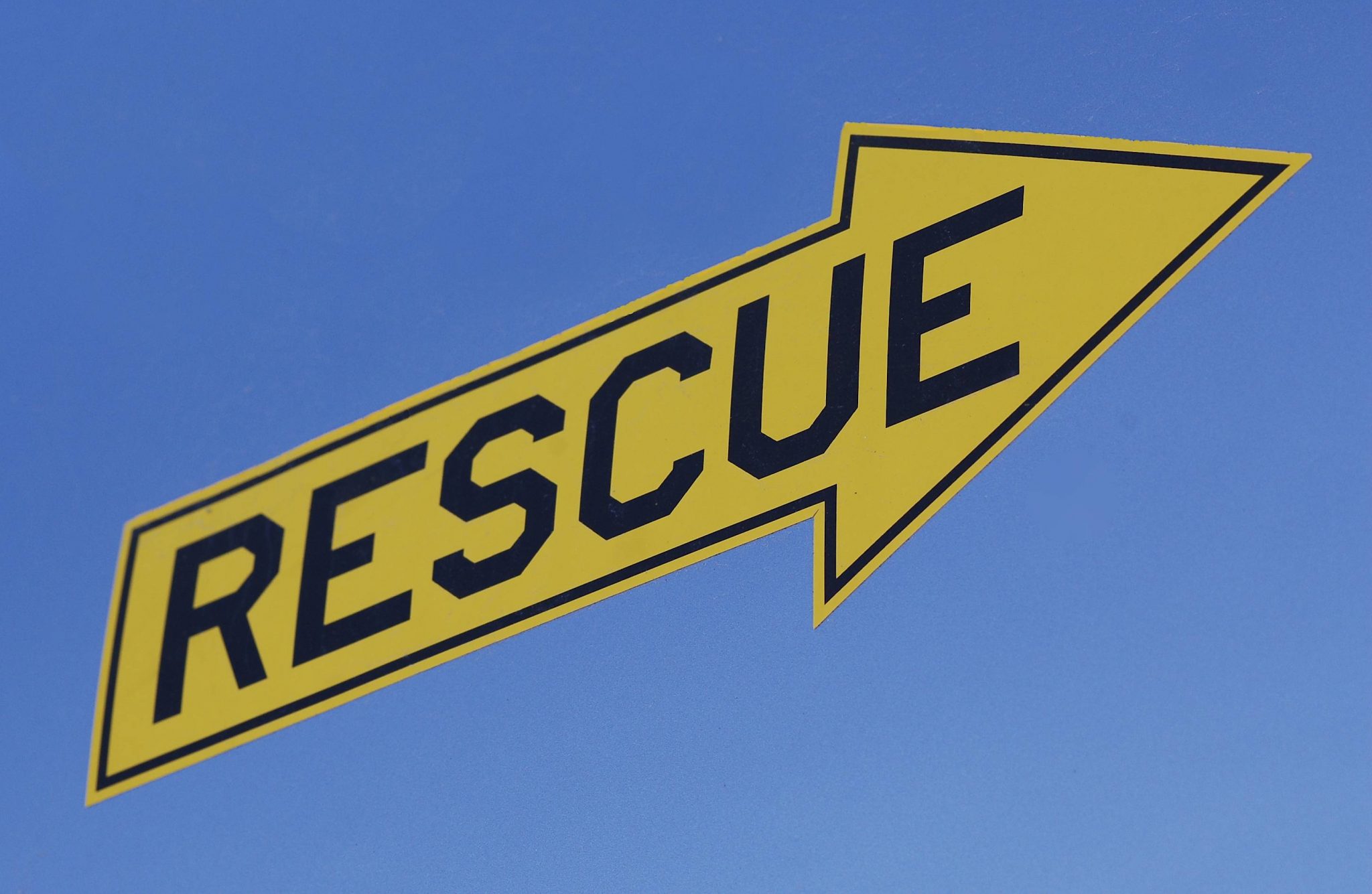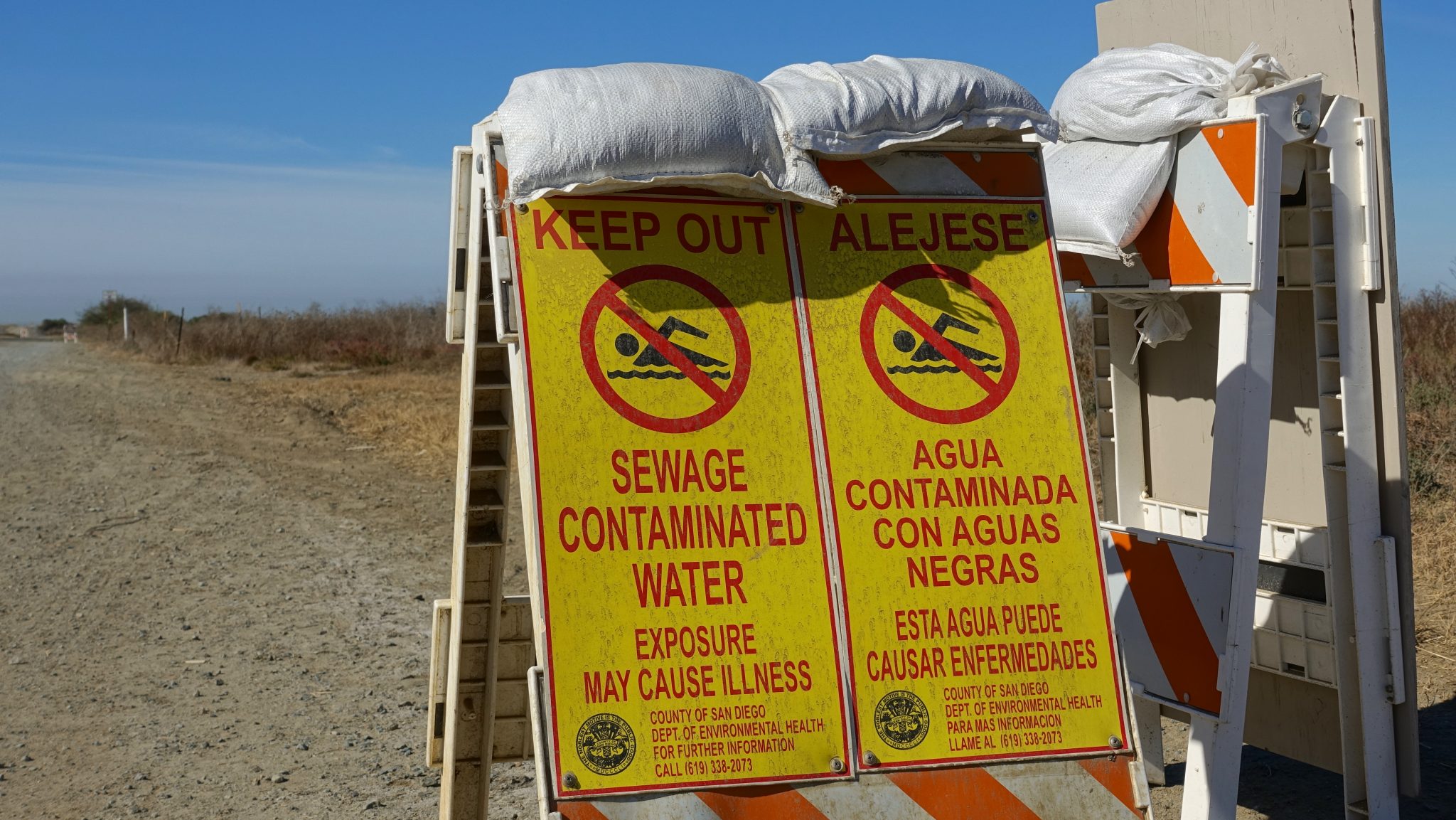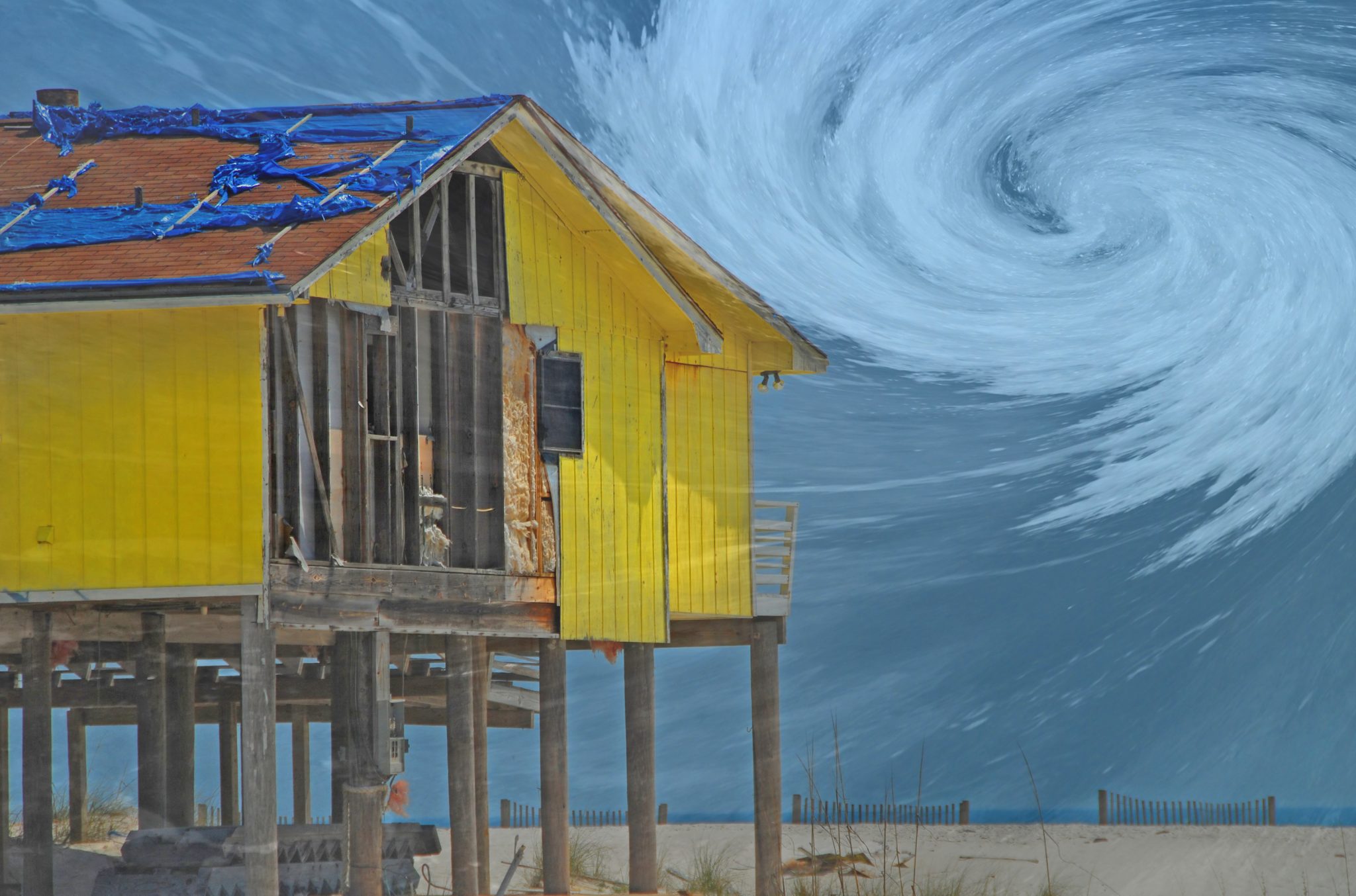- WE’RE HERE TO HELP 24/7
- 800.586.5555
What Makes Some Hurricane Seasons Worse Than Others?

Getting Help From FEMA After a Hurricane
July 8, 2019
The Hidden Health Hazards of Hurricanes
July 8, 2019What Makes Some Hurricane Seasons Worse Than Others?

To put it simply, warmer temperatures makes for more severe hurricane seasons. Technically, it’s the temperature of the Atlantic Ocean’s surface water that leads to wetter hurricanes that bring more rain on land.
Scientists have calculated that every 1.8-degree Fahrenheit (one degree Celsius) increase of sea surface temperature (SST) results in a seven percent increase in moisture in the air above the ocean.
During Hurricane Florence, the Atlantic Ocean’s surface temperature where the initial tropical storm formed was 2.7-degree Fahrenheit warmer than it normally would be for that time of year. The storm eventually ended up dumping nearly three feet of rain on North Carolina.
According to the U.S. Environmental Protection Agency, SST has rose approximately 0.13-degrees Fahrenheit every year between 1901 and 2015.
Another factor gaining more attention in recent years is oceanic heat content (OHC) and its effect on hurricane intensity. More specifically, OHC has been linked to a phenomenon known as rapid intensification, which is when a hurricane’s maximum sustained wind speed increases by at least 30 knots, or roughly 34.5 miles per hour, within 24 hours.
Hurricane Maria, a Category Five storm Puerto Rico and Dominica are still recovering from, underwent rapid intensification. Many experts are attributing the high cost of some of these storms to the rapid intensification phenomenon, as people in the storm’s path may only be preparing for a weak storm and are suddenly faced with a severe hurricane.
Another factor that’s contributing to increased storm surge is the rising sea level. According to the U.S. Global Change Research Program, the sea level has risen seven to eight inches since 1880, when global sea level measurements began. Their 2017 National Climate Assessment asserts that approximately three of those inches were added since 1993. They forecast an additional rise of 0.3 to 0.6 feet by 2030.
The U.S. Global Change Research Program believes, with a high level of confidence, that the increase in sea level will result in more instances of extreme flooding when hurricanes hit Florida, Georgia, Texas, Gulf Coast states and states along the Eastern seaboard. However, they only have medium confidence in their projection for an increase in hurricane intensity and low confidence in a projected increase in hurricane frequency as a result of rising sea levels.
The El Niño and La Niña Effect
During an El Niño event, the surface temperature of the tropical Pacific Ocean, roughly the portion of the Pacific along the Equator, is above average. During a La Niña event, the surface temperature of this portion of the Pacific is below normal. The El Niño and La Niña effects are considered features of a recurring climate pattern known as the El Niño Southern Oscillation (ENSO).
How does a climate event in the Pacific impact weather patterns in the Atlantic? The El Niño effect results in higher vertical wind shear across the Gulf of Mexico, the Caribbean and the Pacific’s tropical counterpart in the Atlanta Ocean. Wind shear essentially means the wind is rapidly changing speed and direction, which actually inhibits the build up of the tropical storms that turn into hurricanes.
One of the hallmarks of really powerful hurricanes is a vertically aligned center, which allows the hurricane to strengthen and remain intact. The vertical wind shear created by El Niño helps disrupt the vertical alignment of developing tropical storms and hurricanes.
Think of a hurricane like a spinning top. If it begins to tilt it will quickly fall over. La Niña has the opposite effect. It sends vertical wind shears to the west towards Indonesia. La Niña periods are generally associated with less upper and lower-level winds in the Atlantic and decreased sinking air motion. These factors result in increased atmospheric instability in the Equatorial Atlantic and better conditions for tropical storm and hurricane development.
What We Know About Hurricanes and Climate Conditions
Although the source of climate change is still a hotly debated political issue, there are very few people who deny the fact that yearly temperature averages have been increasing for the past century. Regardless of the source of the warmer temperatures, there’s no doubt that higher sea surface temperatures and oceanic heat content are contributing to the intensity of and speed with which hurricanes form. Rising sea levels are also contributing to the devastating effects of storm surge on the nation’s coastal communities.
The effect El Niño and La Niña have on hurricane seasons is also backed up by enough scholarly work and government-funded studies to be reliably settled science. During the El Niño phase of the ENSO cycle there should be fewer hurricanes in the Atlantic Ocean and Gulf of Mexico, but there will likely be an increase during La Niña phases.
Whether hurricanes are occurring with greater frequency due to warming temperatures is still being studied and debated. Some sources assert that hurricanes are happening with less frequency but the hurricanes that do hit are more severe. Other scientists think hurricanes and cyclones are going to become more frequent and more powerful. The best thing people in areas commonly affected by hurricanes can do is prepare, pay attention to forecasts, have a plan the whole family knows, heed government warnings and make sure they are properly insured.
